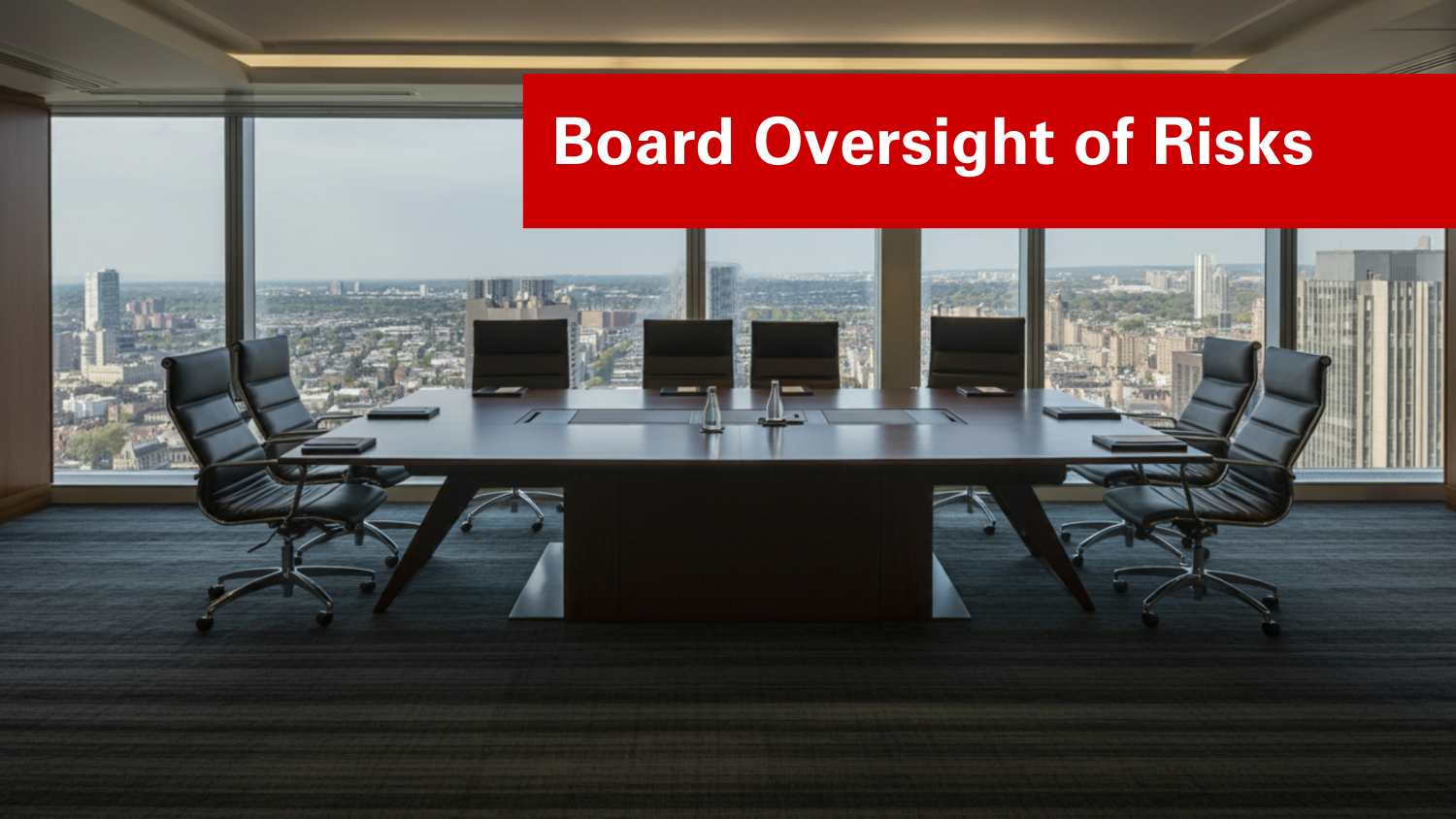Enhancing the Future Relevance of ERM
While all organizations engage in risk management activities of some sort, such as maintaining compliance with laws and regulations, navigating cyber threats, managing supply chain challenges and more, often those efforts are siloed in nature and they are not explicitly integrated with what strategically drives the business. Many executives and boards of directors are realizing there may be opportunities to improve their current practices of anticipating and managing risks so that they gain better risk insights to inform their strategic decision making.
Insights from ERM Leaders
This thought paper, Enhancing the Future Relevance of ERM: Insights from ERM Leaders, summarizes a number of key insights from enterprise-wide risk management (ERM) leaders about continuous improvement opportunities and practical techniques that business leaders can use to advance the strategic value of their organization’s risk management processes. The paper highlights innovative and emerging themes ERM leaders are embracing to strengthen their organization’s understanding of emerging issues before they occur.
ERM leaders shared insights in response to these questions:
- What has your organization done in the past 2-3 years to help advance the ERM program?
- What is on your ERM enhancements “to-do” list?
- How do you envision ERM a decade from now?
- What skill sets are needed for future risk management leaders?
Four Key Themes Summarizing Innovation Opportunities
This thought paper summarizes insights that surround these 4 themes:
- Seeking a Culture that Embraces ERM
- Establishing the Strategic Value of ERM
- Leveraging Data Analytics to Articulate Emerging Risks
- Focusing on Talent Development and Engagement
Seeking a Culture that Embraces ERM
The importance of considering the impact of an organization’s culture on risk management and risk taking is repeatedly emphasized by ERM leaders. The organization’s culture manifests itself in day-to-day interactions between departments, employees, and its impact is influenced by articulated desired risk management behaviors and demonstrated willingness to invest in understanding risks on the horizon. The paper highlights these opportunities:
- Realizing the benefits of ERM
- Clarifying the objectives and roles for effective ERM
- Building strong alliances
Establishing the Strategic Value of ERM
Effective ERM programs should generate invaluable risk insights that business leaders consider as they make strategic business decisions. That is, knowledge about emerging potential risks should inform decision making so that the organization can be nimble and agile as they navigate potential risk issues that may affect their business model or strategic plan. Furthermore, some of the risks pinpointed through ERM may lead to significant risk-taking opportunities that may create new value for the enterprise. The goal of an effective ERM program is for boards and c-suite executives to “pull” for risk insights from the ERM efforts (e.g., a demonstrated hunger for risk insights from ERM). The paper highlights these opportunities:
- Shifting the perspective of ERM to one that is strategic
- Linking risk insights to strategies
Leveraging Data Analytics to Anticipate Emerging Risks
The data revolution creates endless opportunities to capture insights about potential issues on the horizon. Organizations are seeking to enhance their data analytics capabilities to leverage data to create leading key risk indicators that may provide better predictive capabilities to identify emerging risk trends long before they become significant. Dashboards that include both performance and risk metrics help enrich management’s understanding of the context in which their organizations operate, which they use to make important decisions. The paper highlights these opportunities:
- Using data to tell the risk story
- Advancing the state of data analytics maturity in ERM
Focusing on Talent Development and Engagement
ERM is both an art and a science. While enhancing the data analytic capabilities may help to strengthen the efficiency and effectiveness of ERM, the human element remains a core component of an effective ERM process. Critical thinkers who can interpret data and who can connect the dots between interrelated risks and strategy are necessary for ERM to be significantly value adding. Several key skills, tools, and processes are needed for ERM to help facilitate value creation for an enterprise. The paper outlines these opportunities:
- Identifying talent to support ERM practices
- Developing business knowledge and insights
- Strengthening future talent pool of risk professionals
Looking Forward
The thought paper outlines four key takeaways regarding the future of ERM:
- Rotation of personnel through ERM
- Integration of business risk considerations in existing business practices
- Focus on emerging risks, not limited to already known, existing risks
- Implementation of continually emerging best practices
Original Article Source: “Enhancing the Future Relevance of ERM: Insights from ERM Leaders“, Carson Best, Bibiche Bolobiongo, Madi Bonello, Peyton Gilbert, and Ashwin Ramachandran, NC State University ERM Initiative, May 2023
Readers may also benefit from these resources:
Integrating ERM and Strategy
Reporting Risk Information to Boards of Directors
Five Actions to Build a Resilient Organization


